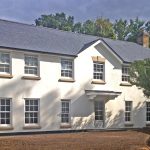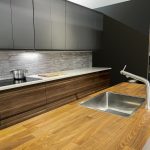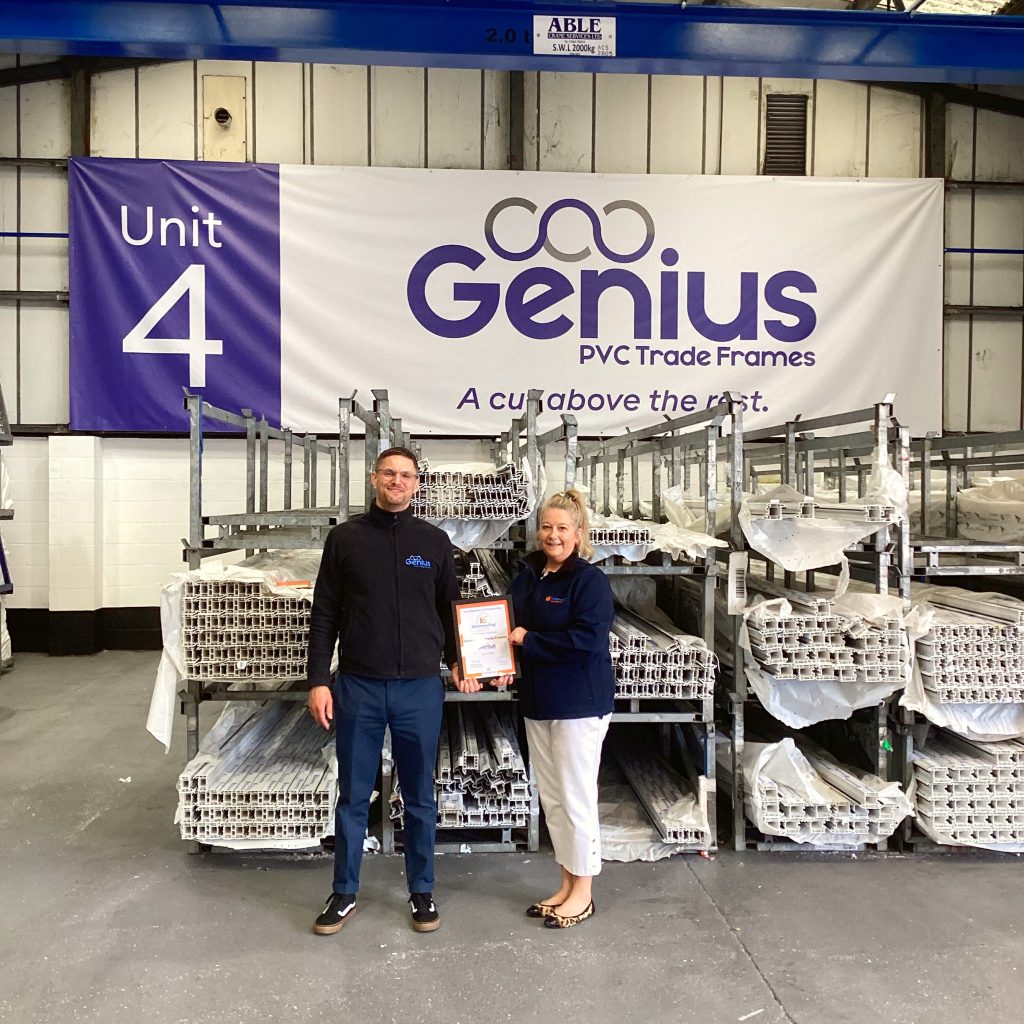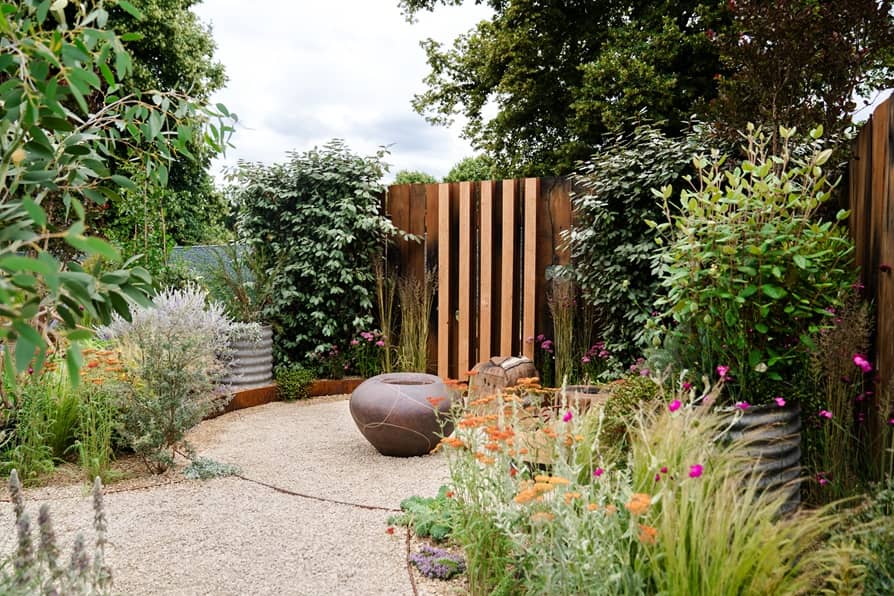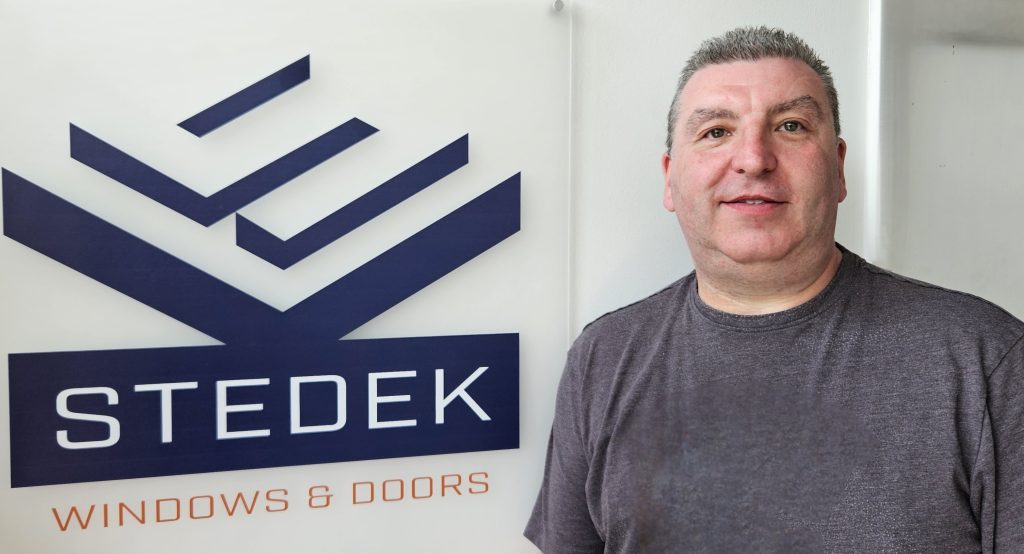A paint revolution
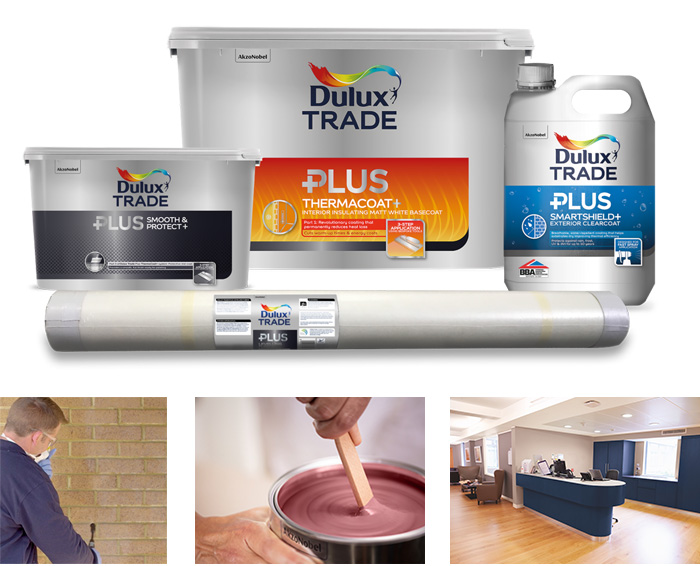
 The UK has one of the oldest and most inefficient built environments in Europe, with the majority of its housing stock built before 1919. Regeneration projects are crucial to not only help rescue the ageing housing stock from irreversible damage – but also to improve the lives of its current occupants. In recent years there has been significant technological breakthroughs that have allowed the paints and coatings industry to contribute more than just colour schemes and design inspiration. Now, products can provide a host of added value benefits.
The UK has one of the oldest and most inefficient built environments in Europe, with the majority of its housing stock built before 1919. Regeneration projects are crucial to not only help rescue the ageing housing stock from irreversible damage – but also to improve the lives of its current occupants. In recent years there has been significant technological breakthroughs that have allowed the paints and coatings industry to contribute more than just colour schemes and design inspiration. Now, products can provide a host of added value benefits.
Extending maintenance cycles
It is essential that specifiers now acknowledge that paint can have a real lasting impact – not just on the aesthetic of an interior space – but also on routine maintenance requirements.
For social housing and multiple residency projects, whole life costing (WLC) is a key consideration when specifying paint. Knowledge of a building’s cost over its full lifespan is important in managing both the capital costs of construction and the related ongoing costs of operation.
It’s possible to select paints that actively repel stains, offering an increased level of durability and making areas easier to clean. These products are an ideal choice for buildings that experience high levels of traffic or require a more rigorous cleaning regime. There are also paints that contain mould-resistant fungicide, a clear choice for both kitchen and bathroom facilities, as they actively inhibit the growth of mould and reduce future maintenance outlay. Innovations, such as Dulux Trade Diamond Range, deliver durable products that withstand the test of time; thus, increasing the performance of a building and reducing WLC.
Meeting standards
When specifying for projects which include escape routes (such as corridors) it is essential that both Building Regulations and fire safety standards are met. As part of the Regulatory Reform (Fire Safety) Order 2006, building designers, managers and owners, housing associations, local authorities and facilities managers have a legal ‘duty of care’ to minimise the risk of fire within their premises.
Therefore, when working on such projects, it is important to explore paint options that have been specifically developed to be applied over existing painted walls and ceilings to slow the rate at which flames spread. For example, products such as Pyroshield Durable Eggshell provide a water-based flame-retardant finish, which can upgrade substrates from fire classification Class 3 to Class O (tested to BS476 Parts 6 and 7).
Energy saving efficiency
Whilst modern houses benefit from cavity walls, often filled with insulating materials that retain heat within the building, older, typically solid wall constructions, offer no insulation. And with almost a third of UK buildings of solid wall construction, it is becoming an increasingly pertinent issue for regeneration projects.
One of the contributors to heat loss is excess moisture contained within the exterior brickwork. In the UK approximately 78% of home brickwork exteriors are undecorated, and are therefore exposed to the elements.
Historically, the use of a sealer was a solution for buildings that suffered with high levels of moisture in exposed brickwork. However, these products often completely sealed the brick from both moisture and air, making the brickwork unable to breathe and the consequences of the trapped moisture to worsen.
Now, products such as Dulux Trade Plus SmartShield+ offer a better alternative. The invisible waterproof coating reduces water ingress compared to untreated substrates, whilst leaving no visible alterations to the outside of the building. Perfect for fast low pressure spray application, but also suitable for use with brush and roller, the exterior coating protects buildings for up to 10 years without changing the aesthetic.
Some developments with the paint and coatings market have taken things even further. With interior coating systems that improve the thermal efficiency of a building from within. For example, Dulux Trade Plus ThermaCoat+ is a 3-part coating system, specifically designed to reduce heat loss and increase energy efficiency. This system is applied directly to an existing interior wall, leaving a finished thickness of just under 6mm; this enables building owners and occupants to maximise space within a room and optimise design opportunities, with minimal disruption to the original space.
Although classed as a decorative product, paint can contribute so much more to a building, helping specifiers meet many duties of care. For further information, please visit www.duluxtradepaintexpert.co.uk.


